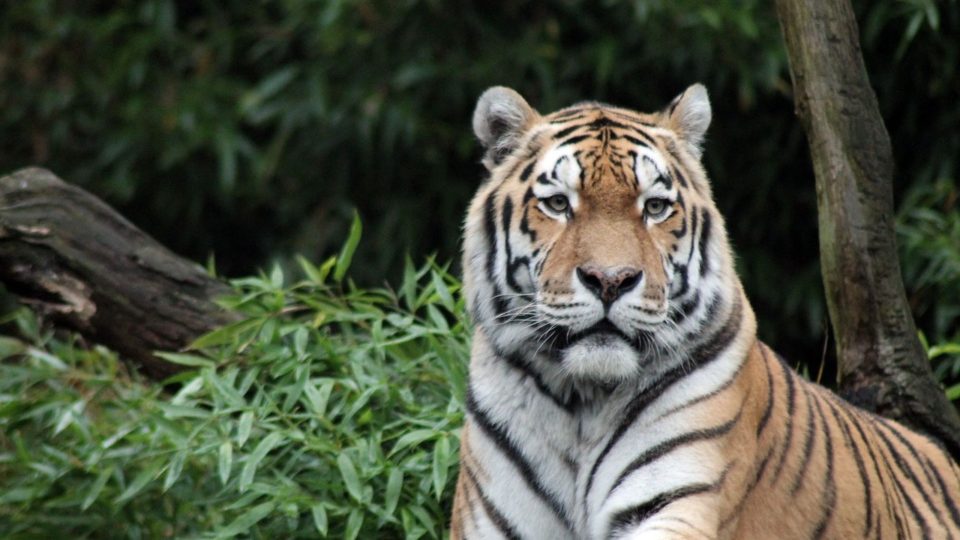Deforestation to make way for palm oil plantations is driving critically endangered Sumatran tigers towards extinction, researchers warned on Tuesday.
The imposing carnivore has already disappeared from the neighbouring Indonesian islands of Java and Bali, and if its remaining refuge continues to shrink so will its chances of survival, they reported in the journal Nature Communications.
Its habitat declined by 17 percent between 2000 and 2012, and the population dropped from an estimated 742 to 618 adults in the wild over the same period, they found.
Between 1990 and 2010, Sumatra lost nearly 40 percent of its primary forest.
As devastating, the tiger’s remaining range is being chopped up into isolated pockets of forest.
“The erosion of large wilderness areas pushes Sumatran tigers one step closer to extinction,” said lead author Matthew Luskin, a graduate student at the University of California at San Diego.
“Tiger subpopulations also became significantly more fragmented, greatly increasing the threat of extinction in each individual forest as a species.”
There remain only two habitats big enough to host more than 30 breeding females, seem by experts as the threshold for a viable population over the long term.
The other main cause of decline is poaching, driven by a market in the Chinese-speaking world for tiger body parts, thought to boost vitality and virility.
Luskin and two colleagues spent a year trekking through remote Sumatran forests, mounting hundreds of still and video cameras that automatically captured images when a tiger, or other large animal, passed by.
Individual tigers were recognisable through the unique patterns of their stripes.
Based on the data collected, the scientists calculated that a single tiger’s home range was roughly 400 square kilometres (150 square miles).
“This is much larger than tiger home ranges in other regions such as India, and indicates they need larger parks to survive,” they said in a statement.
There was a sliver of good news in the findings, they added.
The camera traps clearly showed that the density of tigers in untouched primary forests has increased, and is about 50 percent higher than in forests where logging has occurred.
“Safeguarding the remaining expanses of primary forest is now absolutely critical,” said co-author Mathias Tobler of San Diego Zoo Global.
The most famous tiger preserve is the Gunung Leuser National Park in northern Sumatra.




